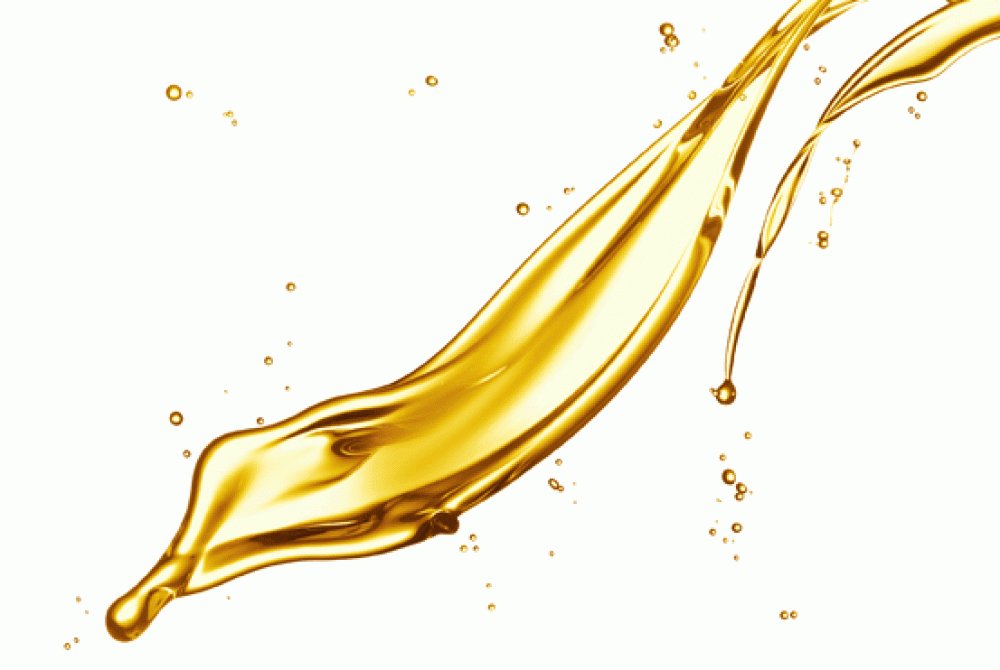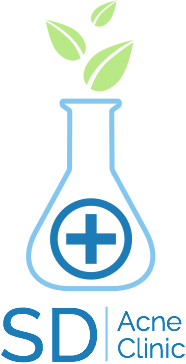The Truth About Oils and Breakouts
We’ve all asked ourselves which kind of skin we have- Am I dry or oily? Combo or just normal? What is “normal” anyway? Most of us fall in the “combo” category, and it’s important to know that each type is indeed normal! We all have a unique level of sebum (natural oil) production, as well as size & activity level of the pore. These differences make us unique from our neighbors and are the primary reason why working with a skin expert in a one-on-one situation yields the best possible results. As a skincare practitioner and long-time acne sufferer, I find myself discussing “oily” skin fairly often, and more often than not, the client is frustrated with this particular trait. Oil can distort makeup, create shine, clog pores, and create an overall icky feeling. While those may all be totally true, there is a HUGE upside to having some slick in your skin!
First thigs first: Protection from the sun. The first line of defense from the elements (sun, wind, cold, heat) is something called the “Lipid Barrier”. Lipid is a synonym for liquid fatty substance (yum). This layer of natural skin oil is what stops the environment from sucking all of our moisture out of us via a process called “TEWL” or Trans-Epidermal Water Loss. Those of us with a bit more oil experience fewer rashes, burns, wrinkles, and UV-induced skin damage because we had a bit more natural protection. This cumulative extra protection translates to much healthier, well-preserved skin in the later years. If you have a grandparent or someone who is over 60 but seems to have no wrinkles, it’s a guarantee they had oily skin back in their hay day.
We’ve all seen it: “Oil-free- won’t clog pores”. Sounds like a safe bet but there’s more to the story and we’ve got the skinny.
Not all oils are created equally. In fact, there can be fatty esters, fatty acids, oleic fatty acids, linoleic fatty acids, just to name a few. There are “dry” oils like Castor oil, and then hydrating oils like Coconut. While some can be healing and produce anti-inflammatory activity inside the body, they can cause immediate breakouts if applied topically (Coconuts, we’re talking about you).
For those of us with breakout-prone skin, using oils topically can be very tricky. It’s generally better to use a Hyaluronic Acid or Aloe based moisturizer. If you’re going through your products and wondering if the oils listed in the ingredient label are safe, here are the primary offenders that have no place on your face: Wheat Germ Oil, Coconut Oil, Soybean oil, Palm Oil, Sulfated Jojoba Oil, Shark Liver Oil (Squalene), Hydrogenated Vegetable Oil, Hydrogenated Castor Oil On the other hand, here are the good guys: Safflower Oil, Sunflower Oil (high Linoleic only), Macadamia Oil (high Linoleic only), Castor Oil
If you see Jojoba, or Argon, Grapeseed, or Rosehips oil, be sure to test the product first on a patch of your skin for a few days. Some manufacturers compound these ingredients to be compatible with our own human oils, and some do not. When in doubt, give your local acne clinic a call or swing by for a product consultation, we are here to help!
Tip: Ladies with over-plucked eyebrows can use Cold-Pressed Castor oil to regrow the hair quickly. It can be purchased at any grocery store and is acne-safe!
Cheers,
San Diego Acne Clinic

